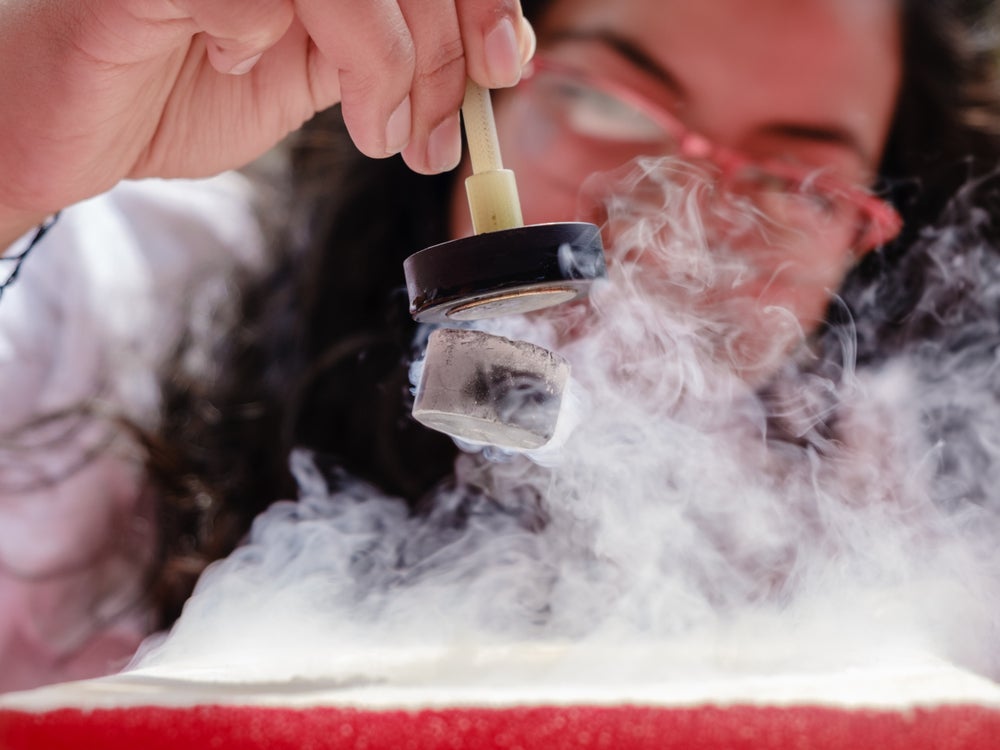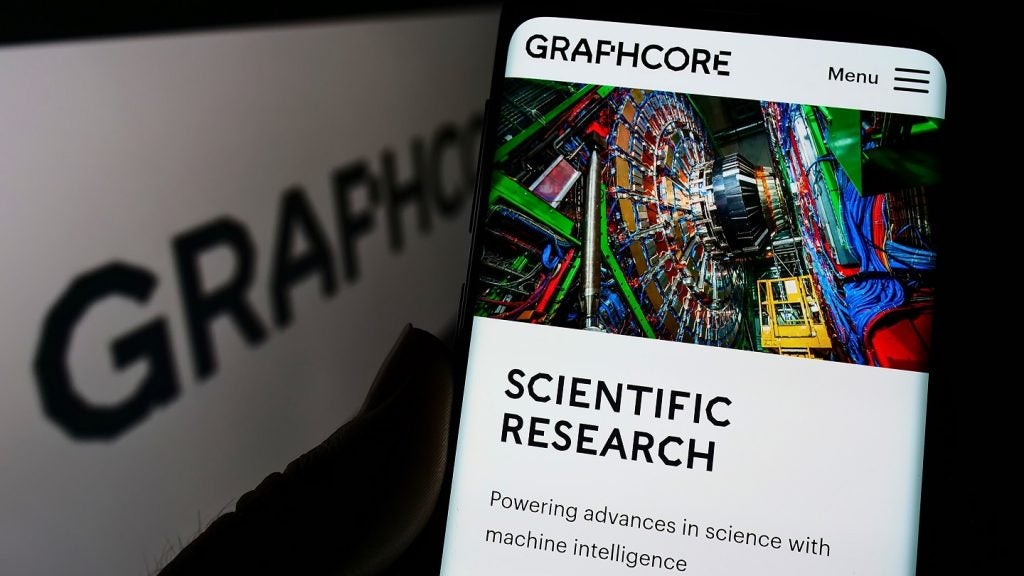Superconductivity is a very interesting physical property of certain materials and was discovered as long ago as 1911 by Dutch physicist Heike Kamerlingh Onnes.
However, in the summer of 2023, news broke that a team of South Korean scientists had found a superconductor at room temperature—LK-99. Such a superconductor would allow for much wider practical applications, from electricity grids and energy-storage devices to computer chips, magnets for maglev trains, and fusion reactors—understandably had the scientific community very excited.
While these claims have been disputed by other research teams for being unreproducible, the search goes on and the tech community remains enthralled by the opportunities that such a wonder of physics could offer.
What is superconductivity?
Superconductivity is a property of certain materials whereby electrical resistance completely disappears, and magnetic fields are expelled from the materials. This only happens below a temperature threshold known as the ‘critical temperature’. Most materials exhibit electrical resistance, which is an opposition to the flow of electric current, similar to the way a narrow pipe resists the flow of water. The energy lost as a result of such resistance is what heats up our electronic devices, such as computers and mobile phones.
Historically, superconductivity has only been found at very low temperatures, typically below 30 °K or -243.15 °C. In 1986, certain materials—namely some cuprate‑perovskite ceramics—were found to have a critical temperature above 90 °K (−183 °C). However, such temperatures, while significantly higher, still need expensive and impractical cooling equipment beyond the research lab. The material with the highest critical temperature nowadays is highly pressurized lanthanum decahydride, which starts showing superconductivity at approximately 250 K (−23 °C) under 200 GPa of pressure. Given the high pressure required, its applicability to real-life use cases is very limited.
LK-99, from superconductor darling to damp squib
On 22 July 2023, a team of researchers in South Korea published a paper titled “The First Room-Temperature Ambient-Pressure Superconductor” on the arXiv preprint server, which took the scientific community by surprise.
How well do you really know your competitors?
Access the most comprehensive Company Profiles on the market, powered by GlobalData. Save hours of research. Gain competitive edge.

Thank you!
Your download email will arrive shortly
Not ready to buy yet? Download a free sample
We are confident about the unique quality of our Company Profiles. However, we want you to make the most beneficial decision for your business, so we offer a free sample that you can download by submitting the below form
By GlobalDataIt claimed that a modified lead-apatite (LK-99) structure exhibited superconductivity at room temperature and ambient pressure, largely due to the substitution of lead with copper ions. This was very exciting news indeed, but at that point, the paper had neither been peer-reviewed nor the experiment reproduced by other research teams.
As the scientific community followed the usual process to validate new discoveries and claims, it became apparent the new LK-99 material could not easily be grown by other teams and its superconductivity verified.
In fact, from the Argonne National Laboratory and the University of Illinois Urbana-Champaign in the US to the Southeast University of Nanjing in China and Tampere University in Finland, other physicists were struggling to reproduce the experiment.
It later emerged that the papers had been published without permission by one of the authors, while they were in the process of being peer-reviewed. Eventually, another paper from a research team at the Beijing National Laboratory for Condensed Matter Physics, China, suggested the superconductivity seen by the South Korean researchers may have been due to impurities in the material. So far, no other research team has been able to reproduce the LK-99 claim.
Impure thoughts
While the LK-99 at-room-superconductivity claims have ended in a significant disappointment, some in the research community still hold some hope that the observations of superconductivity were real, albeit possibly due to a very specific impurity in the Korean samples.
If that proves to be the case, such impurities may become the next critical mineral.
Arguably, the silver lining of the summer superconductivity drama is that it has reignited research interest in superconductivity at room temperature, due to its potential to revolutionize many industries, including energy, transportation, and information technology.








